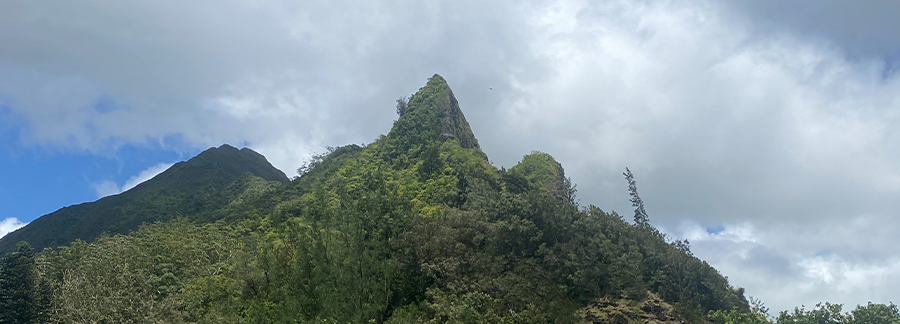The Environment Forum with Emanuele Coccia | Metropolitan Nature: How Different Species Build Cities
Emerson Hall, Room 105Human beings were able to develop a stable relationship with the land and abandon the hunter-gatherer lifestyle only when some communities decided to faithfully and stably tie their existence to a relatively small number of trees and shrubs that could provide them with food and shelter. This is how the first city was born: it was this strange act of spatial fidelity to plant life that gave rise to the urban environment. That means that the relationship between different species is not tangentially urban. It is the original urban fact. If this is true, then what we call the countryside is a form of urbanism in which, in addition to the number of people and stones, we also have to conceive how many plants should exist, which ones, how fast they should grow, and so on. Consequently, any form of opposition between city and countryside (or the wilderness") is illusory. The solution to climate change lies not in replacing cities with the countryside or “wilderness,” but in designing cities more radically: extending the culture of urban congestion to a culture of species congestion and biodiversity density. How can we rethink the technological urban model to build planetary interspecies density?
This event is co-sponsored by the Salata Institute for Climate and Sustainability.

